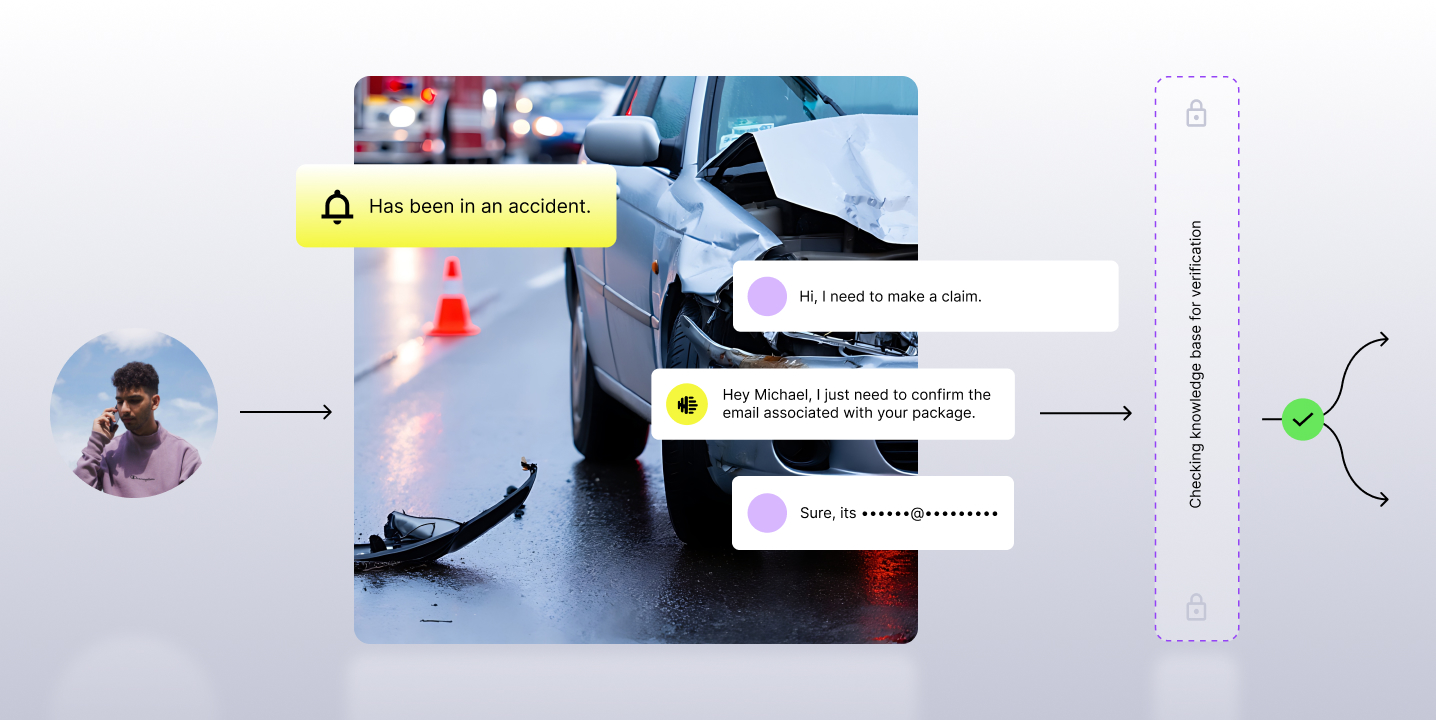Companies in every industry around the world are encouraging, and in some cases mandating, their employees to work remotely. Overnight, the way Contact Centers organize and operate has completely changed, requiring the rapid implementation of new technologies and processes to mitigate business impact.
In tandem with surging call volumes for some industries, call centers are focused on enabling agents to do all of their day-to-day tasks remotely. At the same time, they must maintain compliance standards, ensure CSAT doesn’t dip and that agents display empathy during difficult conversations while redefining what operational efficiency looks like now.
.png)
All of that change is driving investment in new technologies and inspiring teams to reconsider their workflows for things like reviewing calls, evaluating performance, and coaching agents from home.
Platforms in areas like networking, infrastructure, cloud computing, remote access, virtual collaboration and more are being deployed overnight. At the same time, everything from messaging, to processes, policies, and brand standards are suddenly shifting.
A Rapid Shift to a New Way of Working
For contact centers where agents work onsite, help is available in real-time through supervisors, floor coaches, or by shadowing peers. It’s a completely different work experience for remote teams. Supervisors, managers, and quality analysts have to rethink how they engage with agents without immediately knowing if they need assistance, where they’re struggling, or what they’re doing well that the team should replicate.
Teams can’t rely on pre-scheduled training alone or huddling in person ad-hoc. Instead, they’ve got to become more data-driven and experiment with new coaching formats, such as self or peer coaching, group training, and targeted coaching sessions that pinpoint one outlier area where an agent is struggling more than their peers.
That means Contact Centers are moving away from a one-size-fits-all approach and creating targeted, relevant training programs for agents.

With insights from contact center AI, organizations are able to better engage with remote agents, from coaching, team building, to recognition. Here are some tips to consider when using contact center AI to engage remote agents.
Connect Agents via Peer Coaching
Contact center AI identifies top performers across performance metrics like dead air, supervisor escalations, and customer sentiment. With this reporting, organizations can better connect agents to share best practices and help them learn new techniques to use on challenging calls via peer coaching.
Peer coaching celebrates top performers and empowers them to run group trainings, or 1:1 virtual trainings, sometimes referred to as Zoom “side-by-sides” to help agents who are struggling. New training content featuring top agent’s go-to talk tracks and call snippets can also be shared organization-wide through the Internal Knowledge Base (IKB) or other communication channels, like Slack.
Provide Targeted Comments and Transcripts for Self Coaching
Beyond peer coaching, providing rich insights on specific interactions within an agent’s call, such as their opener or closer, empowers them to self-coach. By seeing what interactions went well or could be improved via in-line comments alongside an audio player and transcript, agents can better understand their performance with context.
At the same time, enabling agents to see how their call metrics stack up against the metrics others on their team are driving via a leaderboard, allows them to take control of their performance and seek out the help they need. Additionally, a robust and dynamically updated IKB is crucial for delivering resources and assistance agents need via a self-service portal.
Rapidly Pinpoint & Mitigate Issues with Micro Coaching Sessions
Traditional call center training programs consist of things like onboardings, scheduled training, quick huddles, and 1 to 1s. To help remote agents thrive, they need more frequent engagement in bite-sized formats that drive the interaction they previously got on the call center floor so naturally.
That’s where micro-coaching sessions come into play where coaches quickly pinpoint an area where one agent or a small group of agents need assistance and trains them with bite-sized content. For example, perhaps a supervisor notices that some agents have not adopted mandatory compliance dialogues consistently, or are not using the empathy messaging that helps the team demonstrate brand standards.
By rapidly re-training agents on what that dialogue looks like and sounds like in practice, teams have driven metrics like:
Best Practices for Evaluating Agents Remotely: Coaching for Empathy
A U.S.-based national home goods company, serving 5000+ cities in 25 states, touts unrivaled service and value. Their contact center handles a high volume of customer queries including scheduling appointments, product questions, financing, cleaning tips and repairs.

The company uses Observe.AI to improve transparency with their representatives by doing more and better call monitoring.
Before Observe.AI, their quality teams only reviewed one five-minute call per agent per week. With contact center AI, they’re now able to analyze 100% of voice calls. By monitoring and tailoring coaching with insights, they drastically improved CSAT scores and increased adoption of empathy-related language, such as "I'm sorry to hear that," and "Anything else I can help you with today?" Since implementing contact center AI, they’ve seen a 37% improvement to empathy score on their CSAT.
They're a great example of applying best practices for evaluating agents, such as:
- Using insights to make micro-adjustments via targeted training and coaching.
- Leveraging dashboards to help agents monitor their own performance against benchmarks and identify new opportunities to improve call areas, such as billing conversations.
- Introducing peer 1:1 and group training, including virtual 1:1s and weekly team meetings, as well as hosted contests.
- Looking at top agents and coaches to see what’s driving their success so they can have more freedom to use their own approach on calls within guidelines.
Looking Forward
The sudden shift to work from home is no easy task for any call center, no matter how sophisticated its digital presence was before the 2020 pandemic. Yet it’s clear that for many organizations, remote work forced on call centers by socially distancing orders is only the beginning of a new way to work.
For many call centers, enabling agents to at least flexibly or partially work from home was a vision that was suddenly sped up. With these tips, we hope you can help your team not just work at home, but thrive remotely.
About the Author
Joe Hanson leads content marketing at Observe.AI. Want to guest blog? Or maybe you have some expertise you want to share? Connect with him on LinkedIn.

.png)














